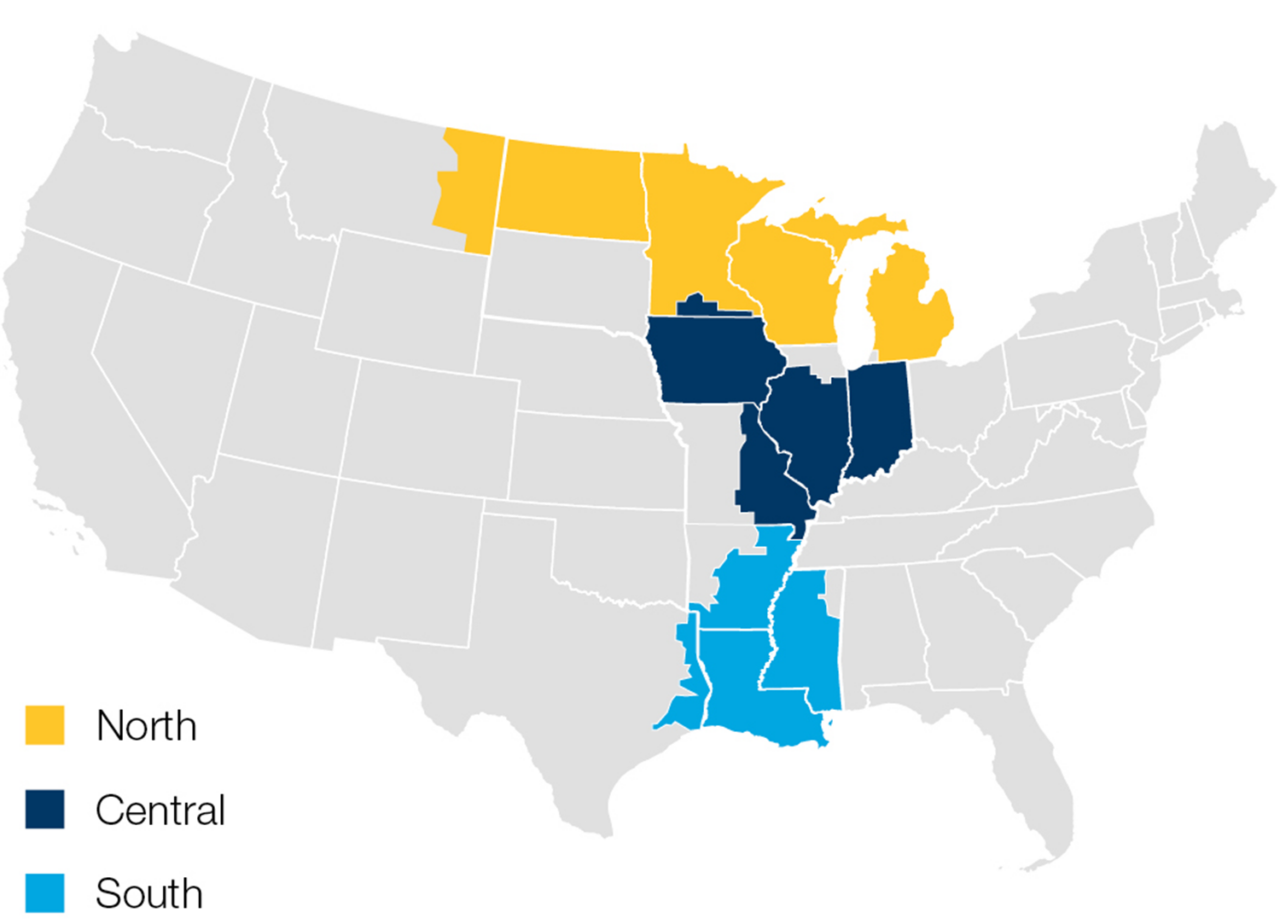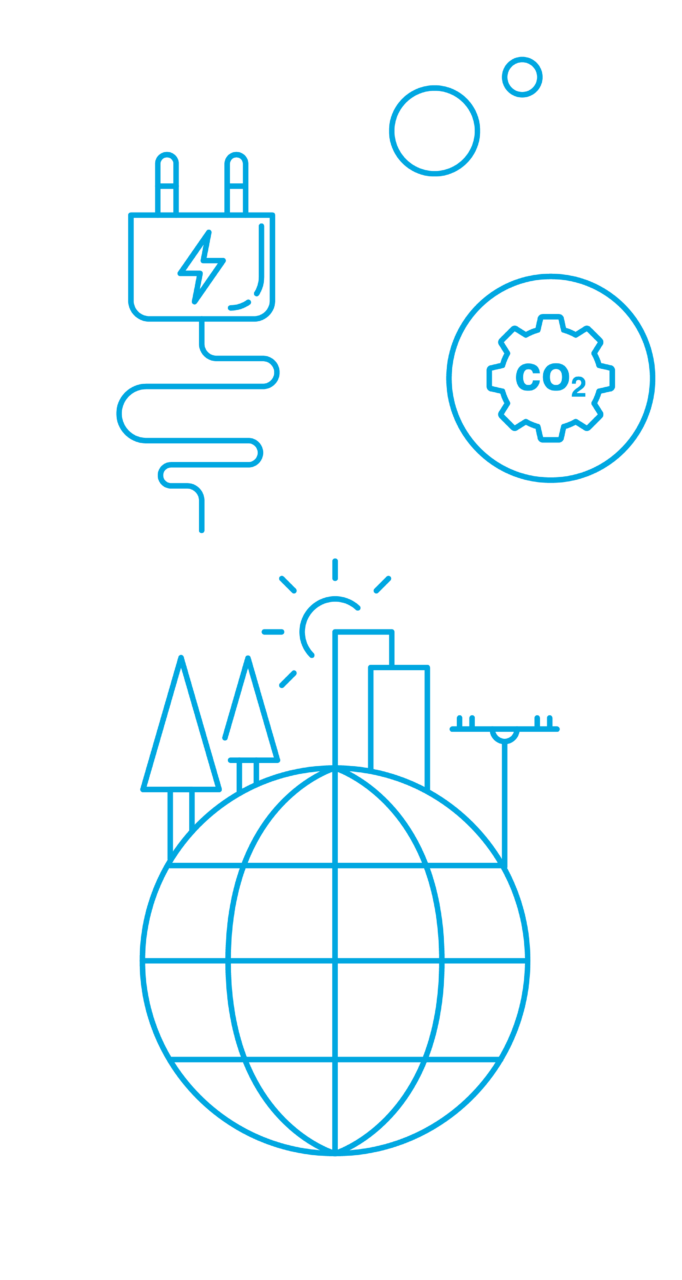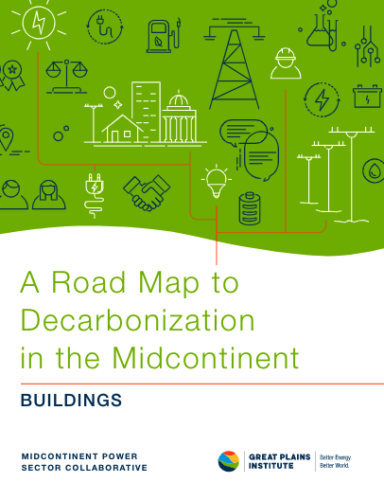Buildings Roadmap

Much like transportation, electrification and efficiency hold the key to decarbonizing buildings. Commercial and residential buildings directly contribute about 12 percent of annual greenhouse gas emissions in the United States, mostly the result of burning fossil fuels for space and water heating. When we add electricity consumption to the mix, buildings are currently responsible for nearly one-third of U.S. greenhouse gas emissions.
While a portfolio of solutions will be needed to achieve decarbonization by Midcentury, heat pumps represent a core piece of the strategy to electrify and decarbonize buildings in the Midcontinent region. When coupled with the decarbonization of the electricity sector, electric heat pumps can dramatically improve the efficiency of building space and water heating while also dramatically cutting emissions. Heat pumps represent the core of any strategy to electrify and decarbonize buildings in the Midcontinent region. To speed heat pump adoption, however, the region must overcome several hurdles.
Because of the milder climate, heat pumps are already the most cost-effective choice for the southern part of the Midcontinent. In the northern part of the region, heat pumps often require some form of backup heating for the colder days of the year and that backup heating adds a cost. Even in the north, however, heat pumps are already cost-effective when they replace propane heat or where the building is adding air conditioning in addition to heat. Where heat pumps are not currently cost-effective, states should explore the potential for renewable natural gas, hydrogen, and other alternative fuels.
Building shell improvements represent another piece of the strategy which will be important regardless of the decarbonization technology. By improving building efficiency, it helps to reduce energy demand while also improving building resilience.
This buildings roadmap explores the opportunities and challenges presented by heat pumps in the Midcontinent region.
Learn more about heat pumps in the northern region →
Learn more about heat pumps in the central region →
Learn more about heat pumps in the southern region →
Regions in Analysis: North Central and South



A Road Map to Decarbonization in the Midcontinent: Buildings
This road map marks the third in a series illustrating pathways to decarbonization for different energy sectors.
What is the Midcontinent Power Sector Collaborative
A Road Map to Decarbonization in the Midcontinent: Buildings Sector, and the modeling analysis that informs it, are the work products of the Midcontinent Power Sector Collaborative, convened and staffed by the Great Plains Institute. The Collaborative brings together a diverse set of stakeholders from across the Midcontinent region, including investor-owned utilities, cooperatives, merchant power, public power, environmental groups and observing state officials.
Since January 2017, the power companies, environmental advocates, and state officials that make up the Midcontinent Power Sector Collaborative have come together to gain a better understanding of how the region might meet the challenge of climate change through substantial decarbonization. This road map focused on the buildings sector is the third installment in a series that began with the electricity sector, and then turned to transportation electrification.

